Submitted by WA Contents
Greg Lynn transforms Detroit car factory with Microsoft HoloLens at Venice Biennale
United States Architecture News - Jun 04, 2016 - 16:03 21971 views
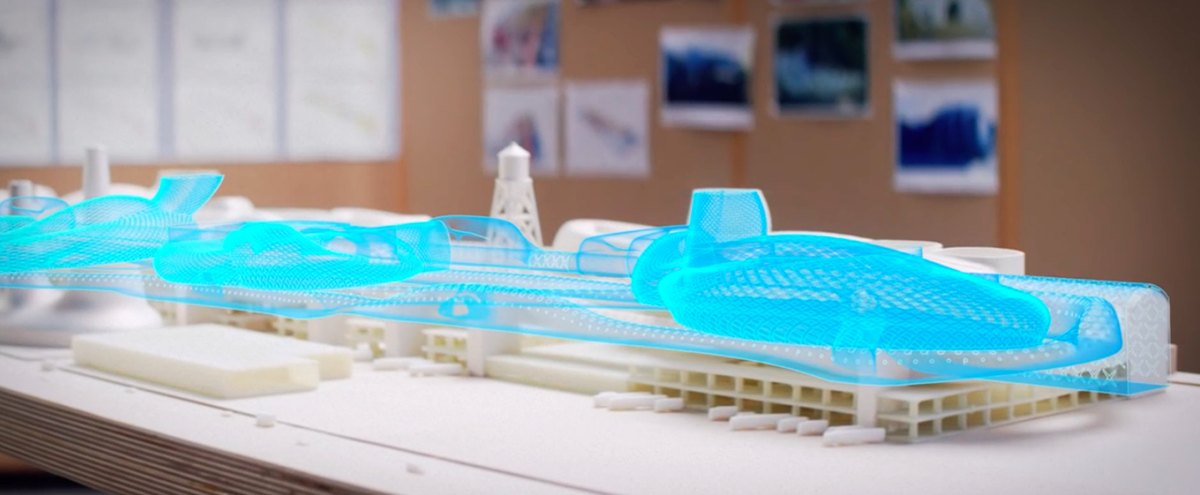
Greg Lynn, founder of Greg Lynn FORM, transforms Detroit's historic car factory by using with special technology developed by Microsoft and Trimble to explore opportunities to transform the architecture process. Greg Lynn's proposal enables to get a sense of scale, form, and space immediately so he can easily visualize his ideas and make decisions more quickly.
The architect Greg Lynn used its mixed-reality technology and Microsoft HoloLens to re-imagine and design the Packard Plant—the historic, abandoned automobile factory in Detroit. Greg Lynn is an innovator in redefining the medium of design with digital technology as well as pioneering the fabrication and manufacture of complex functional and ergonomic forms using CNC (Computer Numerically Controlled) machinery and his bio-inspired formal building is exhibited inside the The United States Pavilion at Venice Architecture Architecture Biennale as part of 'The Architectural Imagination'.
Greg Lynn is presenting his work with Microsoft HoloLens
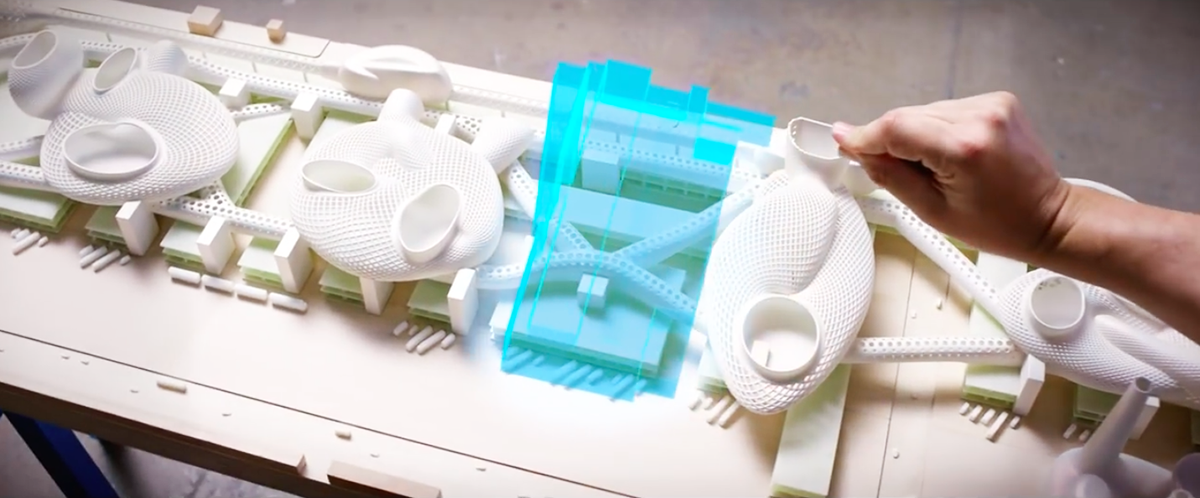
Lynn's project is titled 'Center for Fulfillment, Knowledge, and Innovation' and seen as a 'new era of Mixed Reality' by using Microsoft HoloLens. Microsoft HoloLens provide the ability to perceive the world, breaking down the barriers between virtual and physical reality. All users wearing a VR device see your physical hands as you manipulate an object, working on the scanned 3D image of a real object, or bring in a holographic representation of another person into your virtual world so you can collaborate.
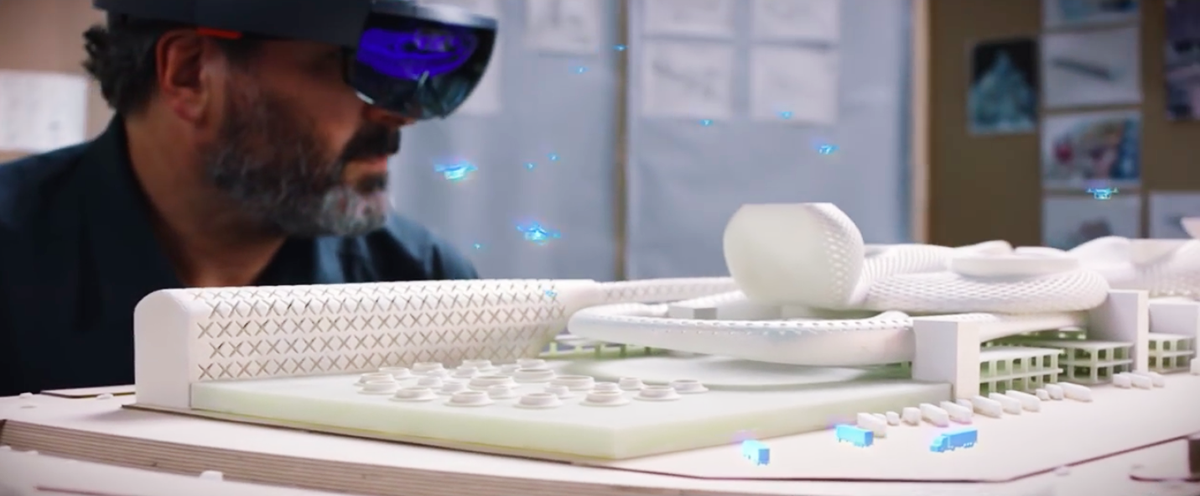
The Center for Fulfillment, Knowledge and Innovation is Greg Lynn's re-imagination of the historic Detroit Packard Plant. The new complex combines a transport hub, industrial park, factory and university to transform the Packard Plant by incorporating innovations in robotic manufacturing, autonomous transportation and online retail.
The architecture of the new complex prioritizes flow, movement and processing—an interconnected network of products, people, robots and ideas. The design evolved through the use of Trimble's mixed-reality technology and Microsoft HoloLens.
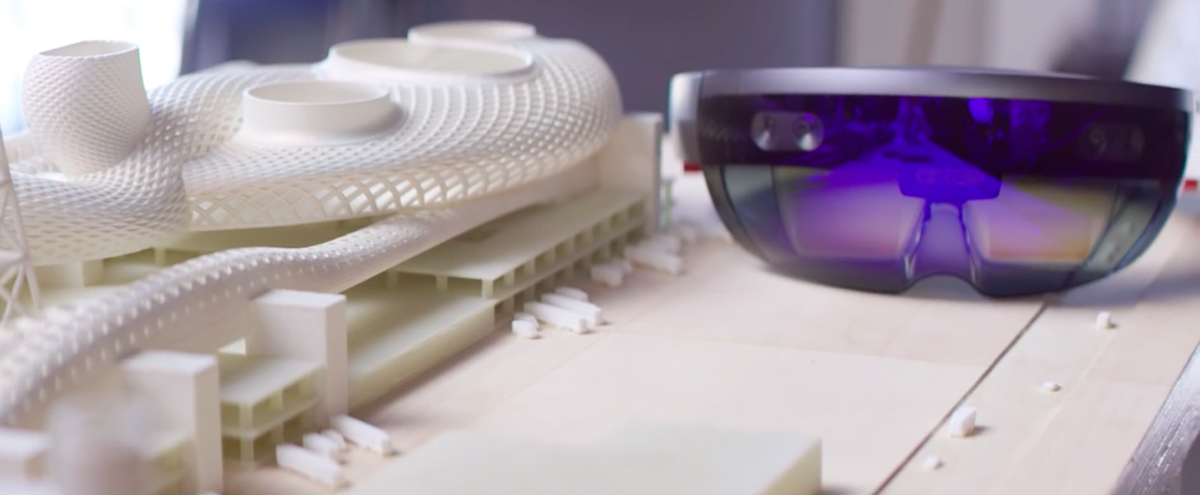
The historic buildings' first two floors house inventory including an online retail fulfillment center, a food port, an autonomous livery-car depot and an aerial-drone port. The upper level consists of four corporate research centers and an auditorium/convention center.
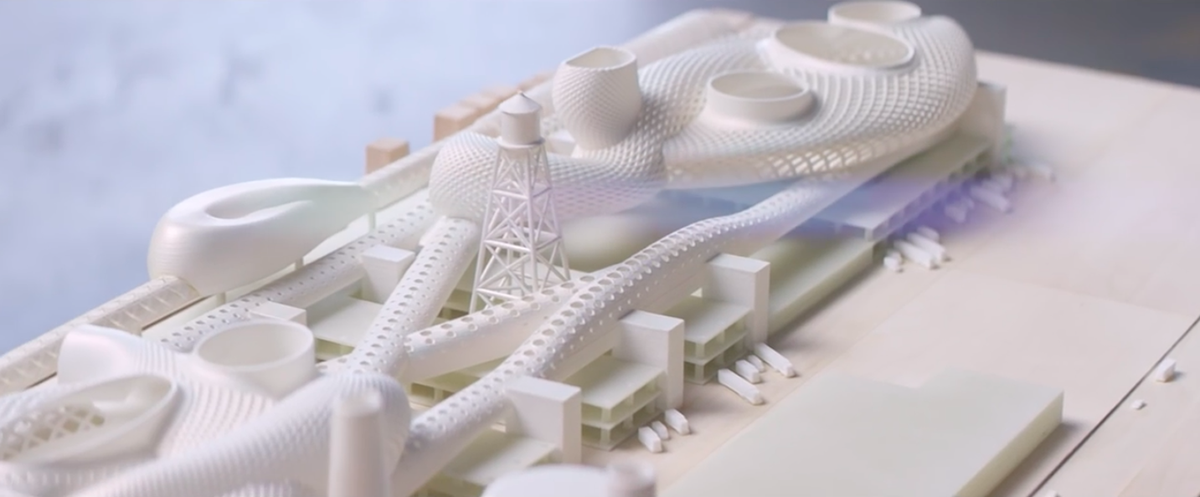
The entire complex is anchored by two five-story university satellite buildings, connected on the fourth level by a walkway that supports four reconfigurable collaboration spaces that can be moved and docked adjacent to research and conference centers seasonally.
Below the research park and above the fulfillment center is a 1.7-mile-long logistics-drone superhighway that links the 25 existing elevator cores on the site to create an efficient thoroughfare for the intelligent movement of goods, equipment and materials.
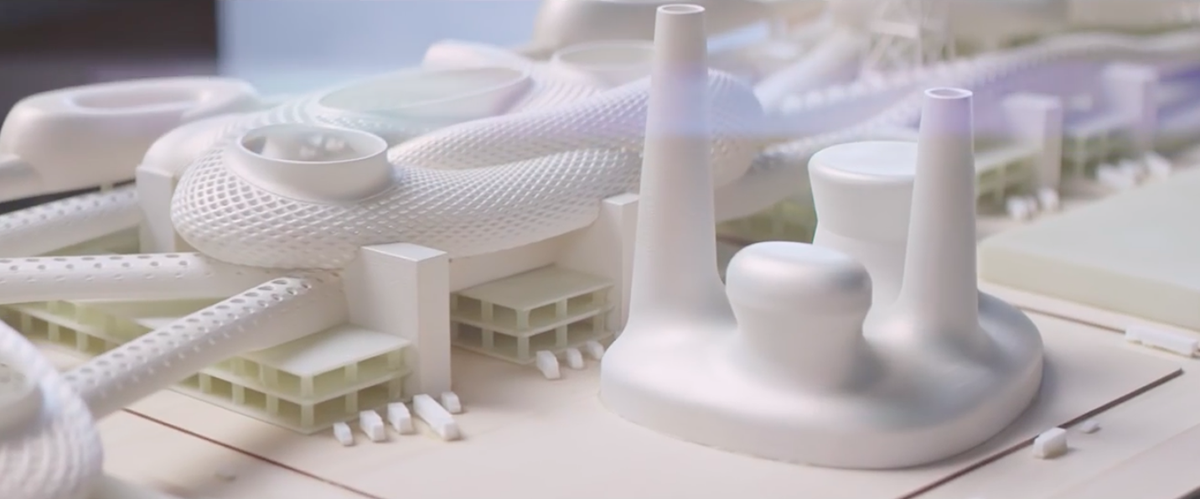
Using Microsoft HoloLens and Trimble technology, Greg Lynn was able to experience his 3D models as holograms placed in the real world. The technology enabled him to quickly analyze various "what if" design scenarios in the context of the physical environment, improve team collaboration and shorten the design cycle.
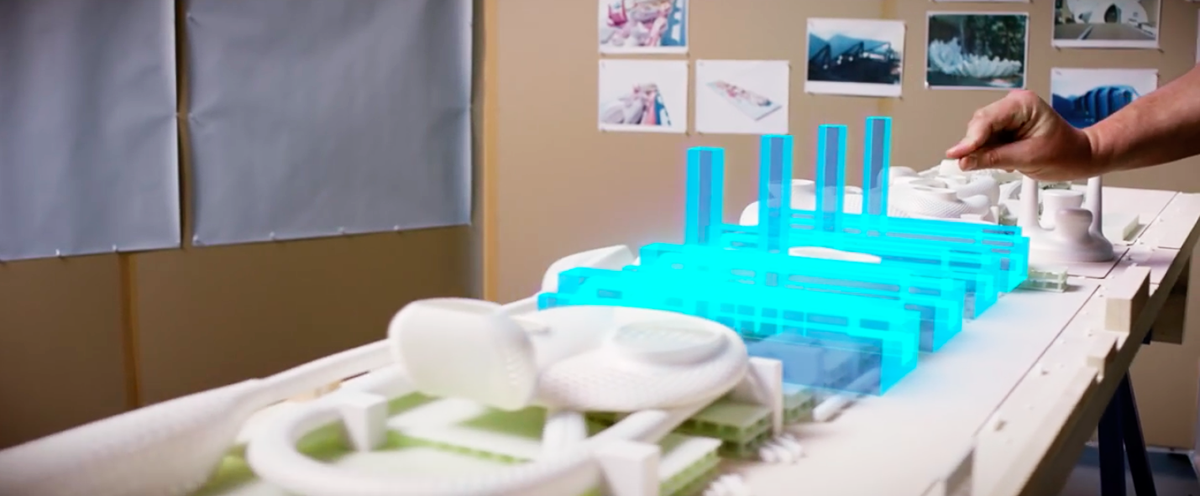
''Trimble mixed-reality technology and Microsoft HoloLens bring the design to life and bridge the gap between the digital and physical. Using this technology I can make decisions at the moment of inception, shorten the design cycle and improve communication with my clients,'' said Greg Lynn.
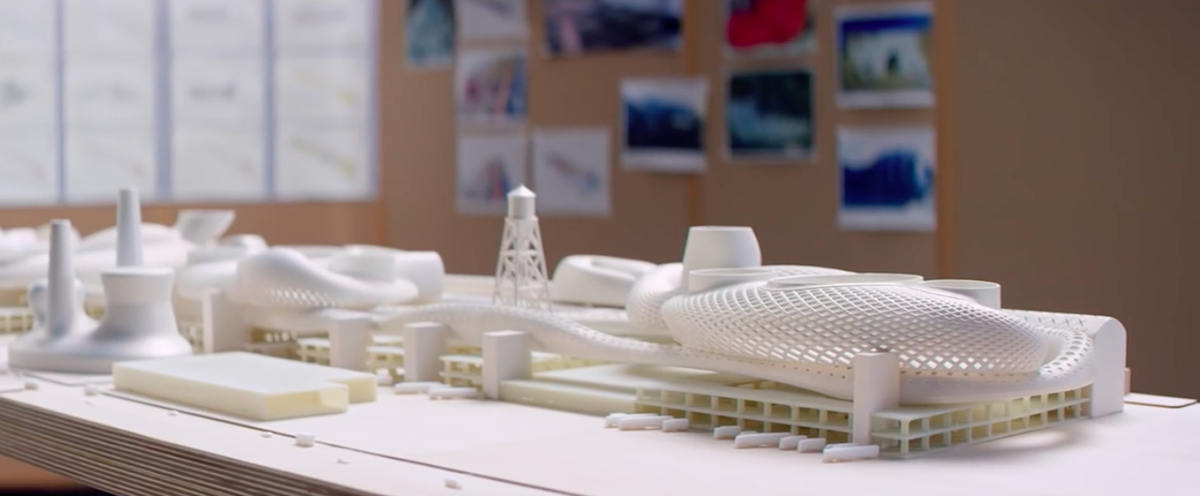
''Mixed reality releases 3D digital models from the constrains of 2D screens into the real world. It is a shift from information communication to experiencing communication. The technology transforms the way our customers consume, interact and communicate data," said Aviad Almagor, director of Trimble's Mixed-Reality Program. "Mixed reality is a revolutionary change, bringing a completely different way to interact with data.''
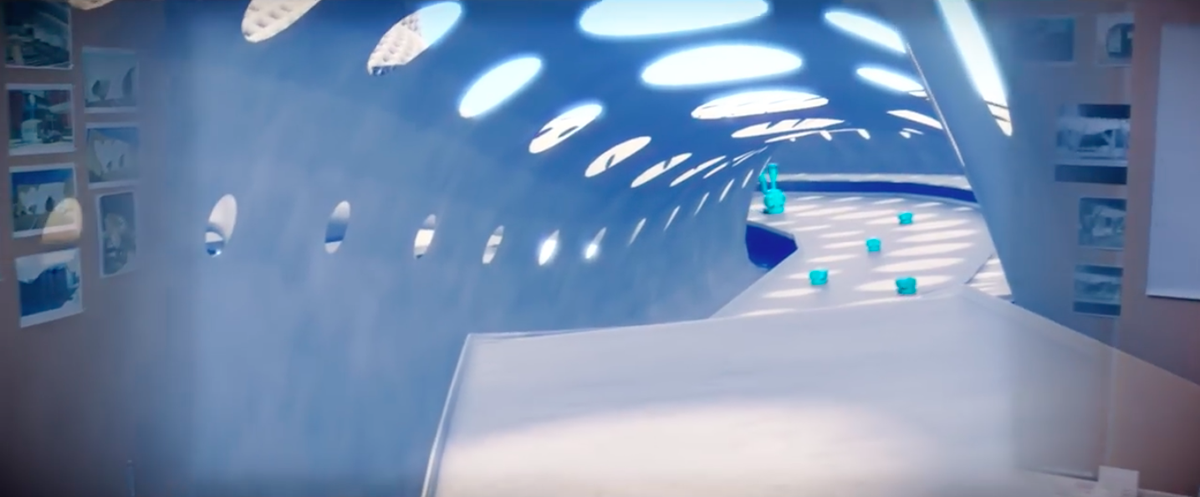
Microsoft HoloLens is a head-mounted, holographic computer that provides a mixed-reality experience for a range of commercial and consumer applications.
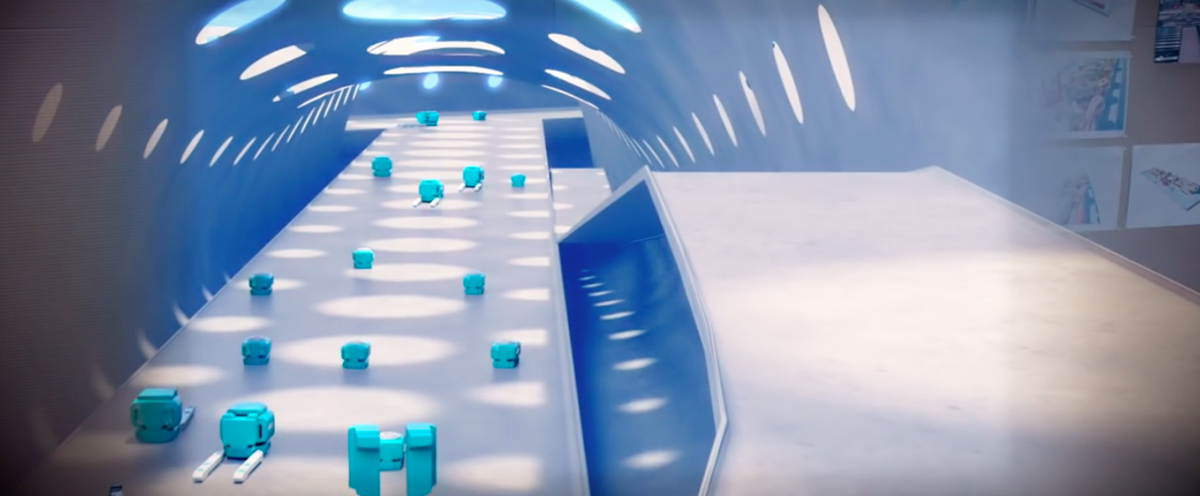
When used by Architecture, Engineering and Construction (AEC) professionals, the HoloLens device extends interaction with 3D models beyond the confines of a 2D computer screen, creating new ways for the many stakeholders of complex, multi-phase construction projects to visualize, collaborate, share ideas and manage change.
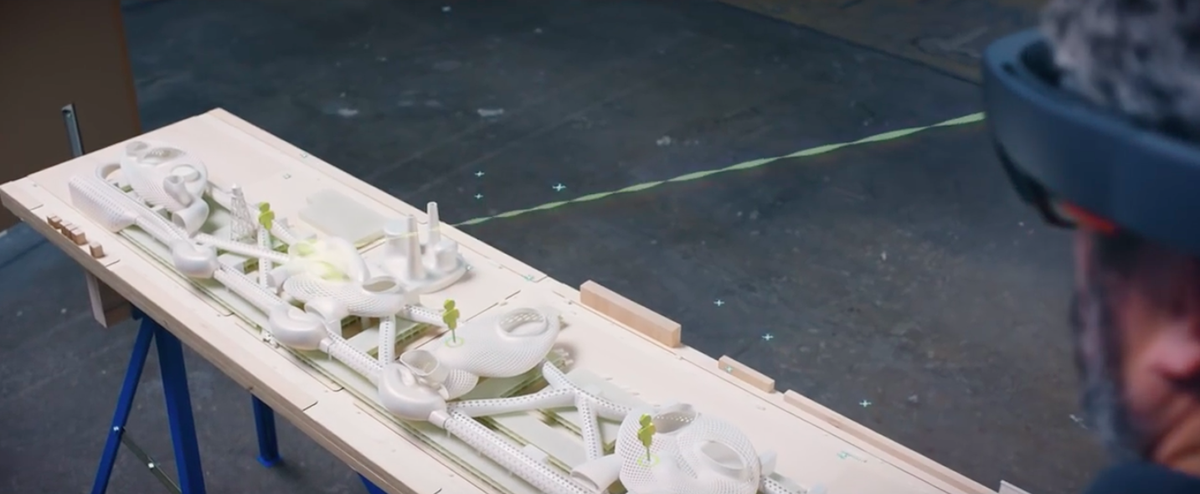
Greg Lynn is testing Microsoft HoloLens
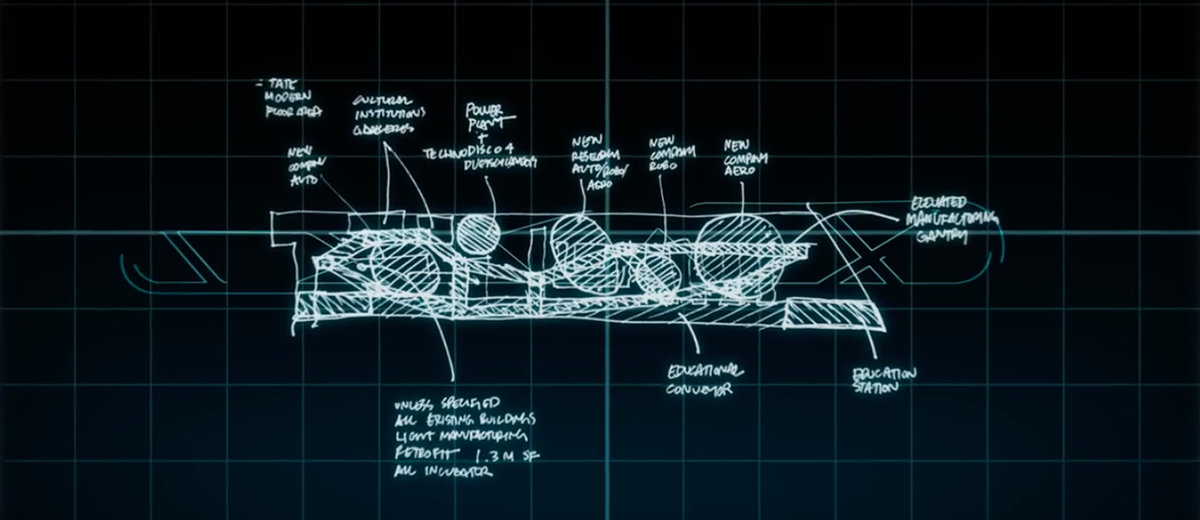
Initial sketches, diagrams of 'Center for Fulfillment, Knowledge, and Innovation'
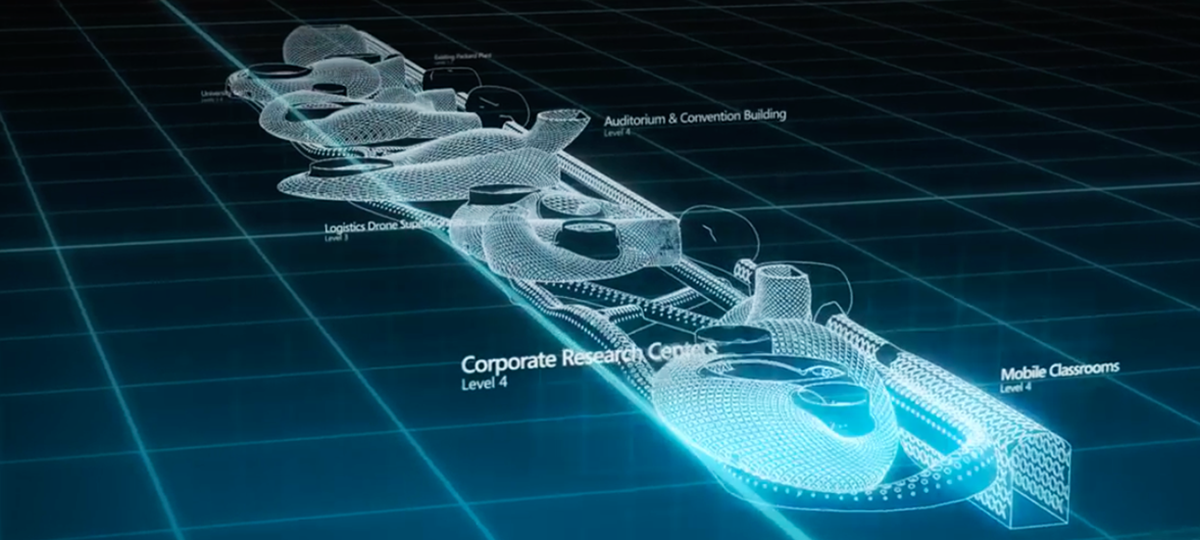
'Center for Fulfillment, Knowledge, and Innovation' axonometric drawing
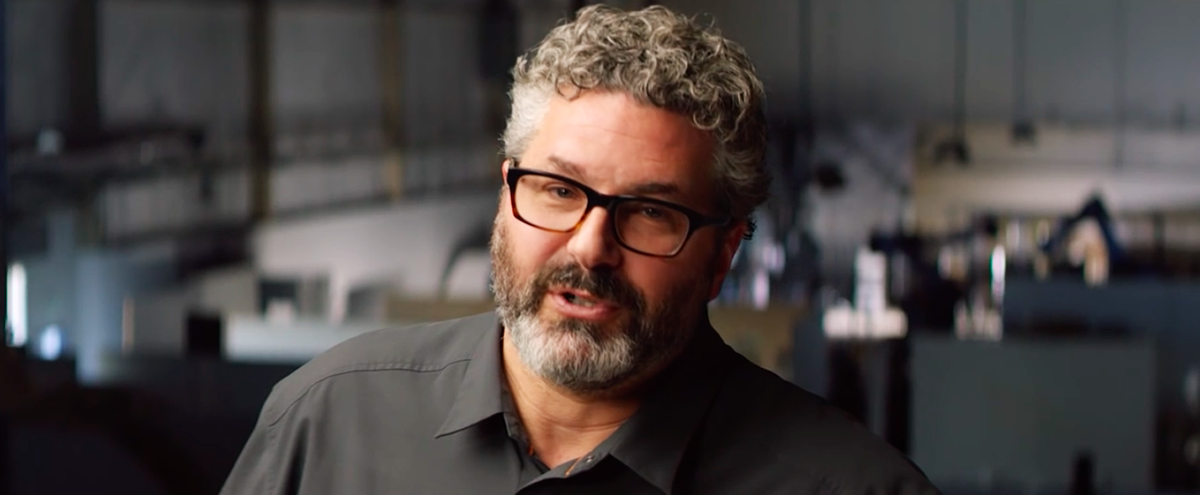
Greg Lynn is the owner of Greg Lynn FORM office and a professor at the UCLA School of the Arts and Architecture. He was the winner of the Golden Lion at the 2008 Venice Biennale of Architecture, and in 2010 Lynn was named a fellow by the United States Artists.
All images courtesy of Microsoft HoloLens
> via Microsoft HoloLens/Trimble
